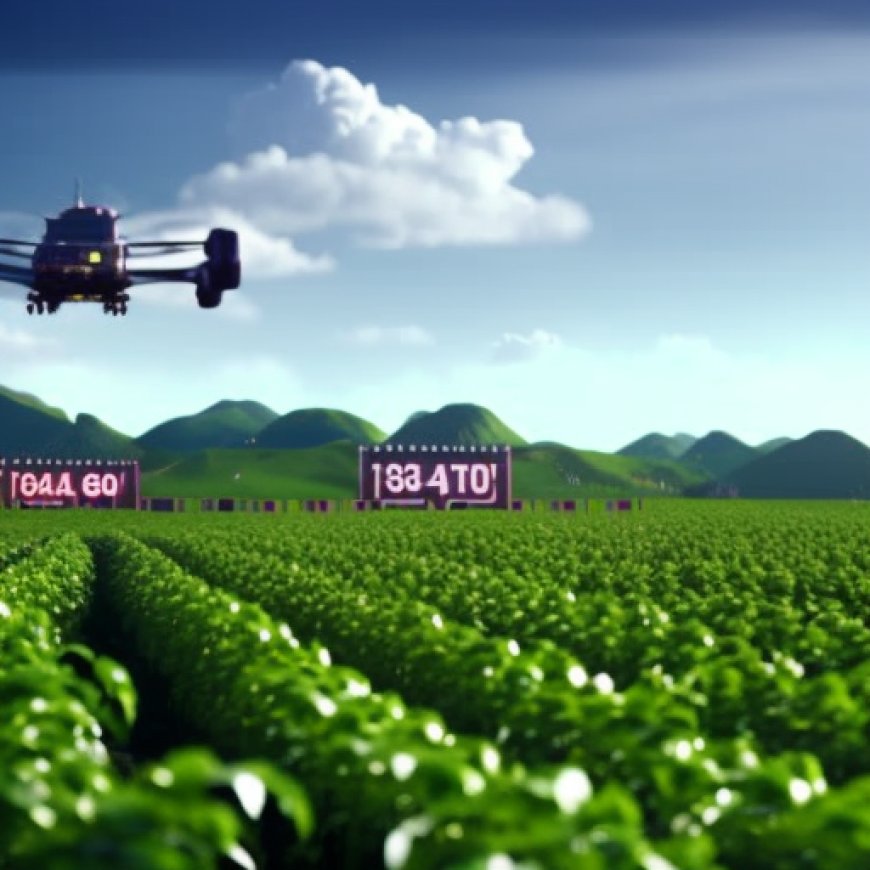Exports of Agricultural Products up 6.2 Pct to Fresh High through April – Be Korea-savvy
Exports of Agricultural Products up 6.2 Pct to Fresh High through April The Korea Bizwire


Exports of Agricultural Products Reach Fresh High, Driven by Processed Food Demand

This file photo taken on Nov. 22, 2023, shows a dish of frozen gimbap displayed at an exhibition held in Seoul. (Image courtesy of Yonhap)
Introduction
South Korea’s exports of agricultural products rose 6.2 percent on-year in the first four months of 2024 to set a fresh high, driven by growing demand for processed foodstuffs, including instant noodles, data showed Thursday.
Export Figures
- The combined exports of agricultural goods came to US$3.12 billion over the January-April period, compared with $2.87 billion tallied a year earlier, according to the Ministry of Agriculture, Food and Rural Affairs.
Product Breakdown
- Exports of instant noodle products shot up 34.4 percent to $379 million amid the global popularity of “hallyu” content, including K-dramas.
- Other major gainers included snack products and beverages, which gained 9.9 percent and 15.9 percent, respectively, to $227 million and $212 million.
- Exports of processed rice products surged 42.1 percent to $88 million, buoyed by robust demand for frozen gimbap, or seaweed rice rolls filled with vegetables.
Destination Markets
- Exports to the United States moved up 15 percent to $478.7 million over the period.
- Outbound shipments to Southeast Asia and Europe also advanced 5 percent and 33.1 percent, respectively, the data showed.
- Exports to China, on the other hand, edged down 1.8 percent to $439.9 million. The decline was attributed to an overall consumption slump in Asia’s No. 1 market.
(Yonhap)
SDGs, Targets, and Indicators
-
SDG 2: Zero Hunger
- Target 2.3: By 2030, double the agricultural productivity and incomes of small-scale food producers, in particular women, indigenous peoples, family farmers, pastoralists, and fishers, including through secure and equal access to land, other productive resources and inputs, knowledge, financial services, markets, and opportunities for value addition and non-farm employment.
- Indicator: Increase in exports of agricultural products, specifically processed foodstuffs like instant noodles and snack products.
-
SDG 12: Responsible Consumption and Production
- Target 12.3: By 2030, halve per capita global food waste at the retail and consumer levels and reduce food losses along production and supply chains, including post-harvest losses.
- Indicator: Increase in exports of processed rice products, such as frozen gimbap, indicating a reduction in post-harvest losses and efficient supply chains.
-
SDG 17: Partnerships for the Goals
- Target 17.11: Significantly increase the exports of developing countries, in particular with a view to doubling the least developed countries’ share of global exports by 2020.
- Indicator: Increase in exports to various regions, including the United States, Southeast Asia, and Europe.
Table: SDGs, Targets, and Indicators
| SDGs | Targets | Indicators |
|---|---|---|
| SDG 2: Zero Hunger | Target 2.3: By 2030, double the agricultural productivity and incomes of small-scale food producers, in particular women, indigenous peoples, family farmers, pastoralists, and fishers, including through secure and equal access to land, other productive resources and inputs, knowledge, financial services, markets, and opportunities for value addition and non-farm employment. | Increase in exports of agricultural products, specifically processed foodstuffs like instant noodles and snack products. |
| SDG 12: Responsible Consumption and Production | Target 12.3: By 2030, halve per capita global food waste at the retail and consumer levels and reduce food losses along production and supply chains, including post-harvest losses. | Increase in exports of processed rice products, such as frozen gimbap, indicating a reduction in post-harvest losses and efficient supply chains. |
| SDG 17: Partnerships for the Goals | Target 17.11: Significantly increase the exports of developing countries, in particular with a view to doubling the least developed countries’ share of global exports by 2020. | Increase in exports to various regions, including the United States, Southeast Asia, and Europe. |
Copyright: Dive into this article, curated with care by SDG Investors Inc. Our advanced AI technology searches through vast amounts of data to spotlight how we are all moving forward with the Sustainable Development Goals. While we own the rights to this content, we invite you to share it to help spread knowledge and spark action on the SDGs.
Fuente: koreabizwire.com

Join us, as fellow seekers of change, on a transformative journey at https://sdgtalks.ai/welcome, where you can become a member and actively contribute to shaping a brighter future.








